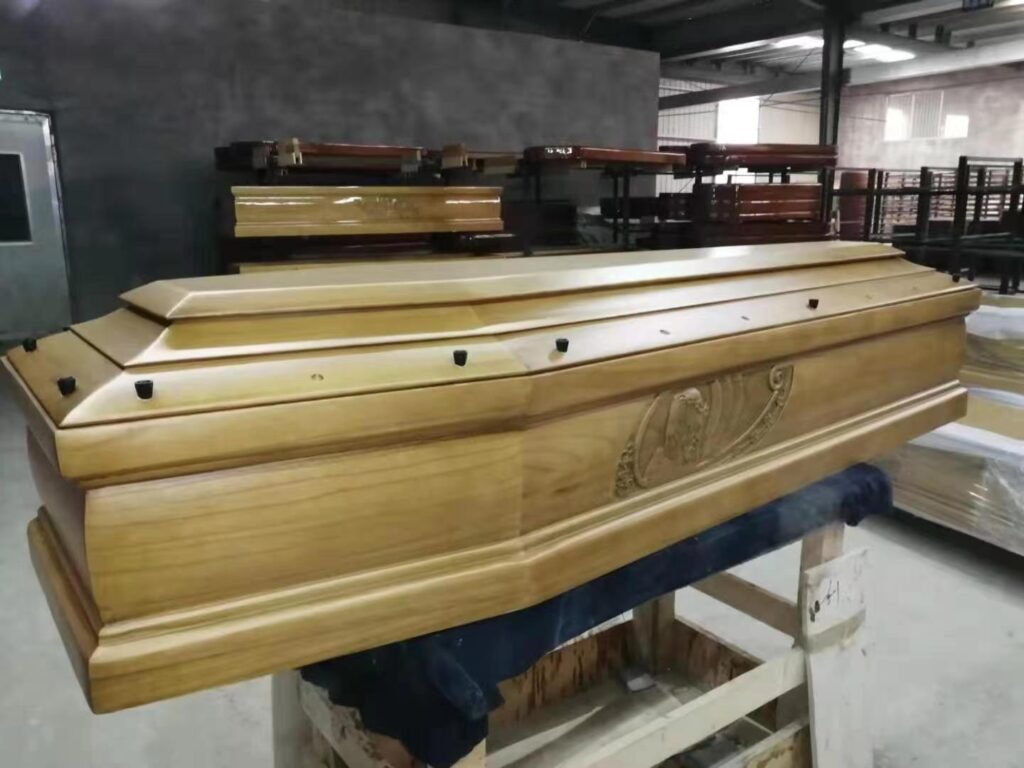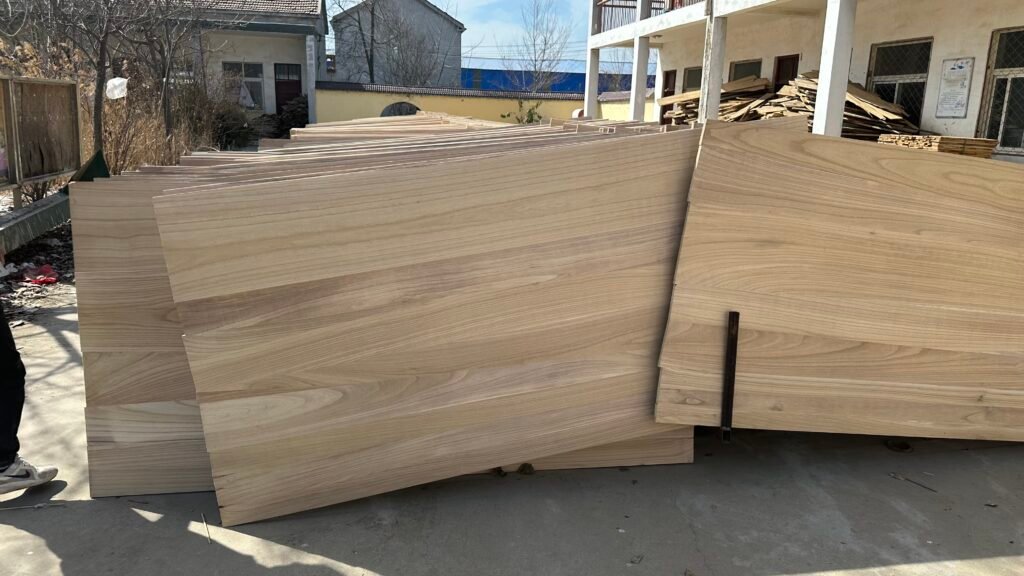This article explores the various types of wood used in making coffins, including the best choice of wood for a coffin, whether all coffins are made from solid wood, the most expensive wood for a coffin, and the types of wood commonly used in coffin manufacturing. Through a deep dive into this information, we can better understand the role different woods play in coffin-making and how they influence the final product’s quality and significance.

What is the Best Wood for a Coffin?
Choosing the best wood for a coffin depends on several factors, including aesthetics, durability, weight, cost, and personal preference. Common high-quality woods used for coffins include:
Oak (Quercus spp.): Known for its hardness, durability, and beautiful grain, oak is a very popular material for coffins. It offers excellent structural stability and develops a more attractive color over time.
Mahogany (Swietenia macrophylla): Renowned for its uniform color, fine texture, and ease of working, mahogany provides an elegant and luxurious feel, often chosen for high-end custom coffins.
Pine (Pinus spp.): Though less upscale than oak or mahogany, pine is popular for its affordability, availability, and lightness. It’s an ideal choice for families on a budget.
Walnut (Juglans spp.): With a dark heartwood and contrasting growth rings, walnut offers a unique and refined appearance, perfect for customers seeking personalized options.
Cherry (Prunus serotina): Over time, cherry wood darkens, forming a rich reddish-brown hue that gives the coffin a classic yet cozy look.

Are All Coffins Made from Solid Wood?
Not all coffins are made from solid wood. Some may use composite panels such as plywood or medium-density fiberboard (MDF) covered with a thin veneer of solid wood. This can reduce costs while maintaining a certain level of aesthetic quality. Moreover, modern coffin designs sometimes incorporate metal components or other materials to enhance functionality and personalization. However, for those who value tradition and natural materials, solid wood coffins remain the preferred choice.

What is the Most Expensive Wood for a Coffin?
The most expensive woods for coffins are usually rare, hard to obtain, or prized for special qualities. For example:
Rosewood (Dalbergia spp.): Valued for its beautiful color, distinctive grain, and extreme hardness, rosewood is considered a luxury item. Due to over-harvesting leading to scarcity, it can be very costly and might be subject to legal restrictions in some areas.
Ebony (Diospyros spp.): Known for its nearly black heartwood and heavy density, ebony is both precious and limited in supply because of its slow growth rate, further increasing its value.
Redwood (Sequoia sempervirens): Less known than rosewood or ebony, redwood is popular for its strong resistance to decay and vibrant color. Especially in the U.S. West Coast, it’s used for high-end coffins at a correspondingly higher price.

What Kinds of Wood Are Used for Coffins?
In the coffin manufacturing industry, a wide variety of woods are commonly used, depending on the manufacturer’s positioning, target market, and specific customer needs. In addition to the aforementioned woods, other common choices include:
Cedar (Cedrus spp.): Praised for its natural preservative properties and aromatic scent, cedar is often used for eco-friendly coffins, particularly for natural burials or green funerals.
Maple (Acer spp.): Hard and smooth, maple offers a clean, bright appearance, suitable for designs aiming to convey simplicity and purity.
Spruce (Picea spp.): As a more economical option, spruce frequently appears in basic-style coffins, especially those designed to meet essential requirements without emphasizing ornamental features.
Each type of wood carries its own charm and applicability, whether to showcase opulence or convey humility. One can find a matching wood type for every story and emotion.

Conclusion
In summary, the process of choosing coffin wood is not only a consideration of the material itself but also a reflection of respect and memorialization for the deceased. From the robust oak to the elegant mahogany and the rare rosewood, each wood carries distinct stories and sentiments. When standing before this significant decision, understanding the characteristics of the wood, considering the family’s needs and wishes, and respecting environmental and sustainable development principles can help make a wiser choice. Regardless of the final wood selected, it’s crucial that this choice reflects respect for life and cherishes memories. In this process, every detail deserves careful thought and treatment, as it is not merely a material choice but a profound dialogue about love and remembrance.





